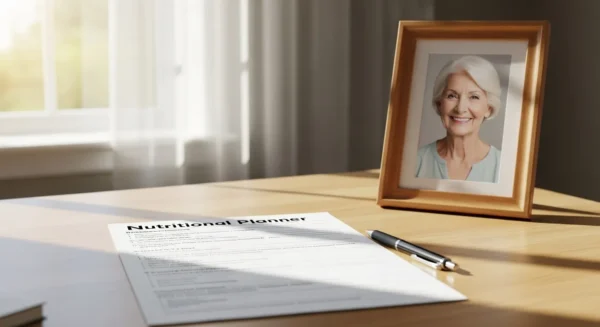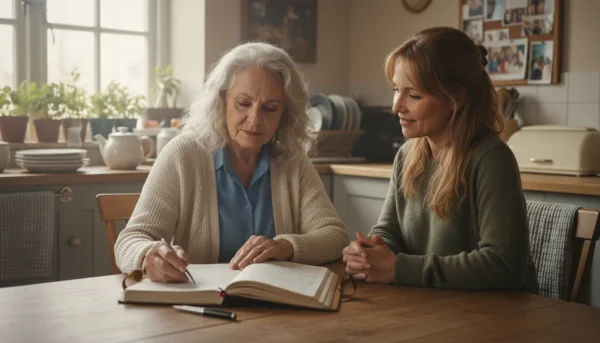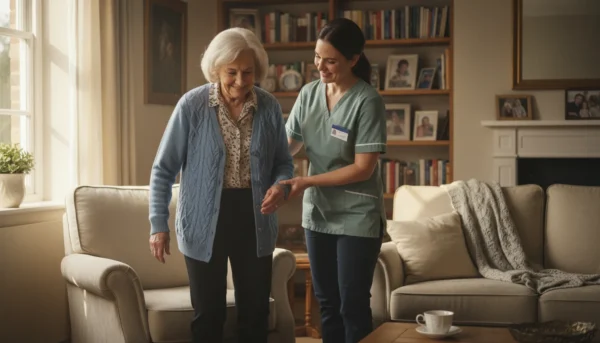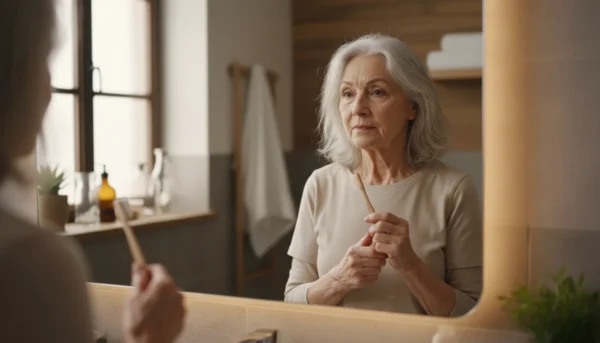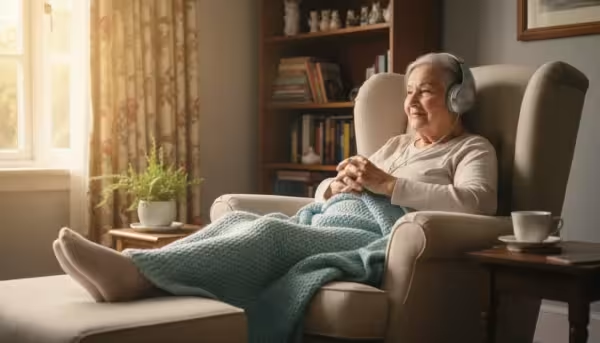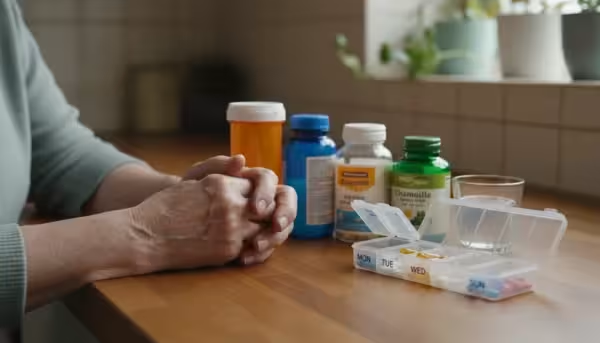
Frequently Asked Questions
Are these “natural remedies” really effective for serious chronic pain?
Many of these methods can be highly effective, especially when used in combination as part of a comprehensive pain management plan. They work by addressing underlying factors like muscle weakness, inflammation, and the way your brain processes pain signals. While they may not eliminate severe pain entirely, they can often reduce it to a more manageable level, improve function, and decrease the amount of medication needed. Their effectiveness depends on the individual, the cause of the pain, and consistency in practice.
How do I talk to my doctor about wanting to reduce my pain medication?
This is a great conversation to have with your provider. Approach it as a partnership. You could say something like, “Doctor, my goal is to be as active and alert as possible. I’m interested in exploring non-medication strategies to help manage my pain. Could we discuss options like physical therapy or other approaches that might allow me to safely reduce my reliance on my current medication?” This shows you are proactive and want to work with them on a shared goal for your health.
Will Medicare cover treatments like physical therapy or acupuncture?
This is a common question in senior healthcare. Medicare Part B generally covers outpatient physical therapy when it is deemed “medically necessary” by your doctor to treat an illness or injury. For acupuncture, Medicare now covers up to 12 sessions in 90 days for chronic low back pain specifically, with more possible if you are showing improvement. Coverage rules can be complex and change, so it is always best to check directly with Medicare.gov or your plan provider to understand what is covered for your specific situation.
Can I combine these methods with my current pain medication?
This is a critical question that only your doctor or pharmacist can answer safely. In many cases, these gentle therapies are used to complement conventional medical treatment. However, you should never start a new exercise regimen or therapy without first discussing it with your doctor. They can ensure that the new approach is safe for you and will not interfere with your current treatment plan. Never stop taking a prescribed medication without your doctor’s supervision.
What is the single most important first step I can take today?
The single most important first step is to schedule an appointment with your healthcare provider for a thorough evaluation. An accurate diagnosis is the foundation of any effective pain management plan. A doctor can rule out serious underlying issues and help you create a personalized and, most importantly, safe roadmap to feeling better. This conversation is your gateway to all the other strategies discussed here.
|
Fact-Checked Content
Our editorial team reviews all content for accuracy and updates it regularly. Learn about our editorial process →
|






